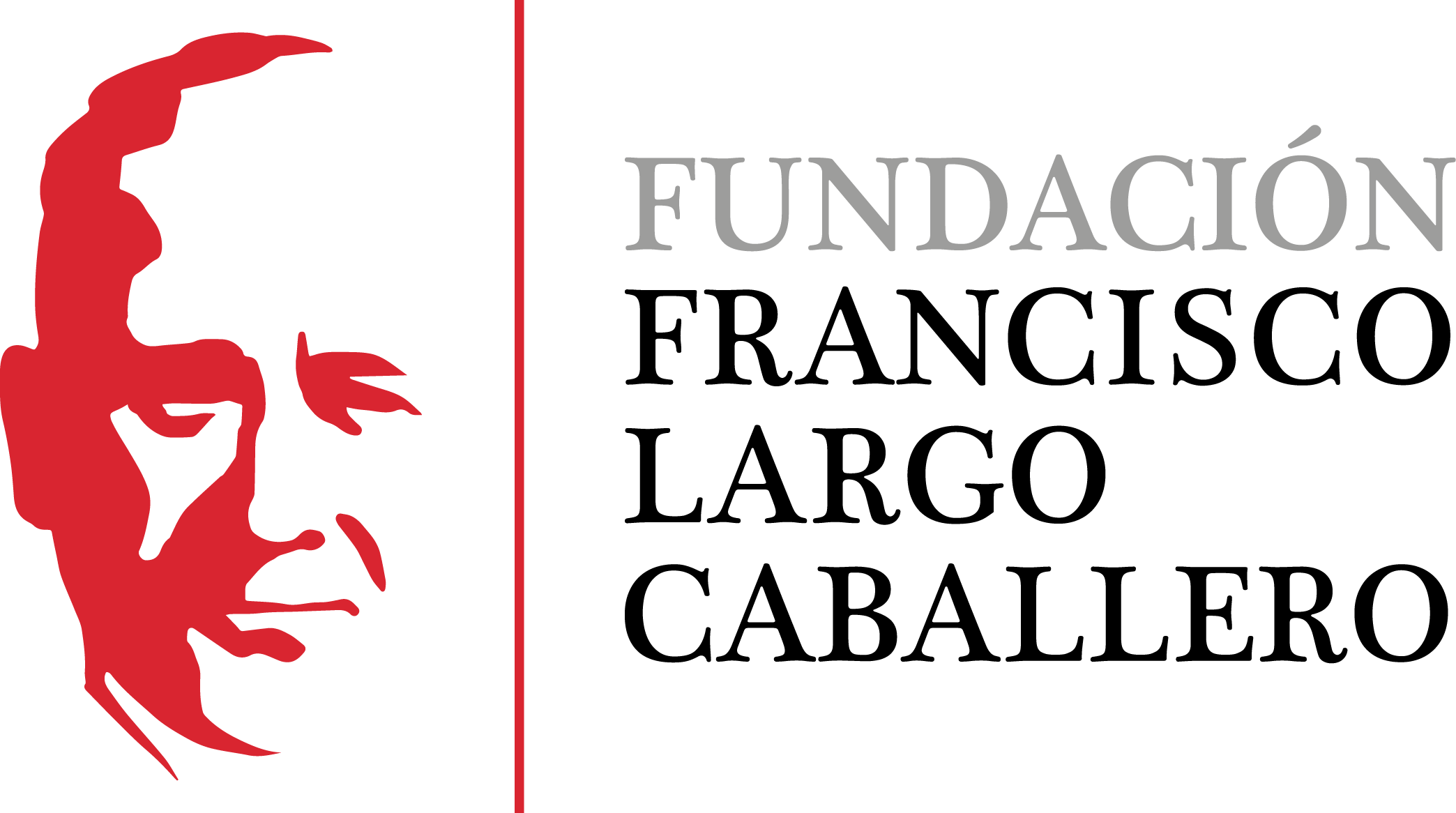La dialéctica Corona de Aragón-Castilla en el imaginario histórico liberal del siglo XIX
DOI:
https://doi.org/10.69791/rahc.156Palabras clave:
Identidad nacional, relato histórico, cultura política liberal, provincialismoResumen
El presente artículo analiza la construcción de la imagen de la Corona de Aragón y de Castilla en el lenguaje histórico liberal español del siglo xix. En primer lugar, se estudia la configuración del lenguaje histórico antidespótico a partir de 1808 y su importancia en la movilización política durante la Revolución Liberal (1808-1843). En segundo lugar, se trata la reelaboración de ese lenguaje histórico en las condiciones creadas por la construcción del Estado centralizado a partir de 1844-1845. En líneas generales, se sostiene que la imagen de la Corona de Aragón y de Castilla se construyeron mutuamente como espacios en que se encarnaba la «libertad nacional» de modo desigual y, hasta cierto punto, confrontado. A lo largo de todo el periodo estudiado (1808-1868) esa construcción cultural y política evolucionó en función del grado de apertura de la esfera publicopolítica y de los cambios sufridos por el lenguaje patriótico.
Descargas
Estadísticas globales ℹ️
|
88
Visualizaciones
|
21
Descargas
|
|
109
Total
|
|
Descargas
Publicado
Cómo citar
Número
Sección
Licencia
Derechos de autor 2012 Josep Ramon Segarra Estarelles

Esta obra está bajo una licencia internacional Creative Commons Atribución 4.0.
Alcores es una revista de acceso abierto. Facilita el acceso sin restricciones a sus contenidos desde el momento de su publicación. Respetamos los derechos de propiedad intelectual y, por ese motivo, el autor conserva los derechos de autor. Todos los contenidos se distribuyen bajo una licencia de uso y distribución Creative Commons Reconocimiento 4.0 Internacional (CC BY 4.0). Las condiciones de la licencia se pueden consultar en https://creativecommons.org/licenses/by/4.0/
Con esta licencia se permite compartir (copiar y redistribuir el material en cualquier medio o formato) y adaptar (remezclar, transformar y crear a partir del material para cualquier finalidad), siempre que se reconozca la autoría y la primera publicación en esta revista, se proporcione un enlace a la licencia y se indique si se han realizado cambios.
Este tipo de licencia facilita la libertad de reutilización y asegura que los contenidos de esta revista puedan ser utilizados para las necesidades de investigación.





